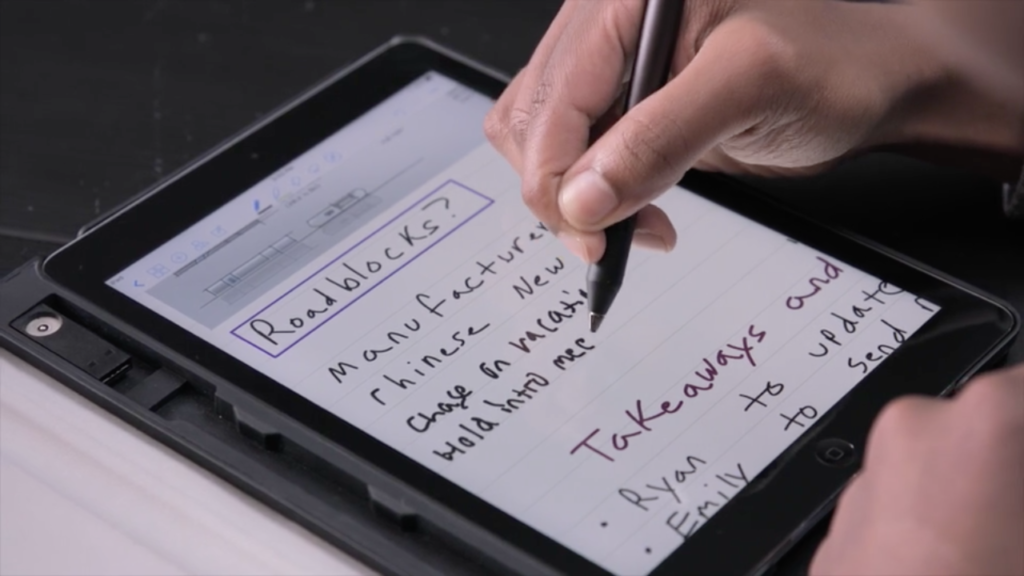Two years ago, Adonit released their answer to the Apple Pencil’s superior prowess within the stylus market for tablets and smartphones. The Adonit Pixel opens up more compatibility options for consumers to delve into digital creativity and is more than adept for note-taking.
Adonit’s Pixel is the perfect alternative to the Apple Pencil. It is more compatible than the Apple Pencil with other digital devices, rather than Apple’s stylus only being available for the iPad Pro.

Where the Apple Pencil prospers, however, is in its quality with the iPad Pro. With sensors integrated inside of the iPad Pro, the Apple Pencil is able to be the most precise, and its narrow tip ensures that any creative project and note-taking is as realistic to a real pencil as posable. The Apple Pencil is the most proficient stylus on the market today.
Where the Apple Pencil fails in the compatibility aspect, the Adonit Pixel shines. While the Apple Pencil is solely for the iPad Pro, the Pixel includes many of the same features that the Apple Pencil does. However, it introduces itself at a more affordable price. It works with almost all iPads, including all iPad Minis and the iPad 4. It is even compatible with the iPhone 5 and above.
With its sleek design and slightly thicker grip at 10.5mm in diameter, the Adonit Pixel is fantastic to write with, and includes a 1.9mm ballpoint-like tip for precise drawing and note-taking. The Apple Pencil, however, does feel much more like a realistic pencil; being thinner and longer and having more weight, it does feel much more comfortable to write with.
Where the Adonit Pixel shines brightest is its Bluetooth connectivity. By connecting to various apps, such as Photoshop Sketch, the Adonit Pixel can be personally customised to suit an artist’s needs. Plus, with its shortcut buttons, it is possible to save two different profiles, which can make artistry efficient and quick. One other feature of the Adonit Pixel, when connected to these apps, is palm rejection, a feature that the Apple Pencil has integrated and does very well. It eliminates the annoying mistakes of an artist resting their palm on the screen and drawing an imperfection. An amazing feature for the pen.
An issue that the Adonit Pixel has is being not-so-responsive; latency. The Apple Pencil is exempt from this, as the sensors within the iPad Pro quickly process the tracking of the Apple Pencil’s movement, which negates the issue. The Adonit Pixel, however, sometimes has issues tracking movements of the pen and takes a second to readjust itself, the issue being the fault of the hardware of both the device and the pen.
It comes at the modest price of £57.29 to the English market, almost half the price of the Apple Pencil. While the Apple Pencil delivers on a higher quality of stylus, it is really in its own league. However, if an iPad Pro is not for you, then the Adonit Pixel is the perfect choice and a reliable one. The pen comes with a small charging dock which could be used as a stand. It uses a standard USB 2.0 connector and can slot into a computer device.
